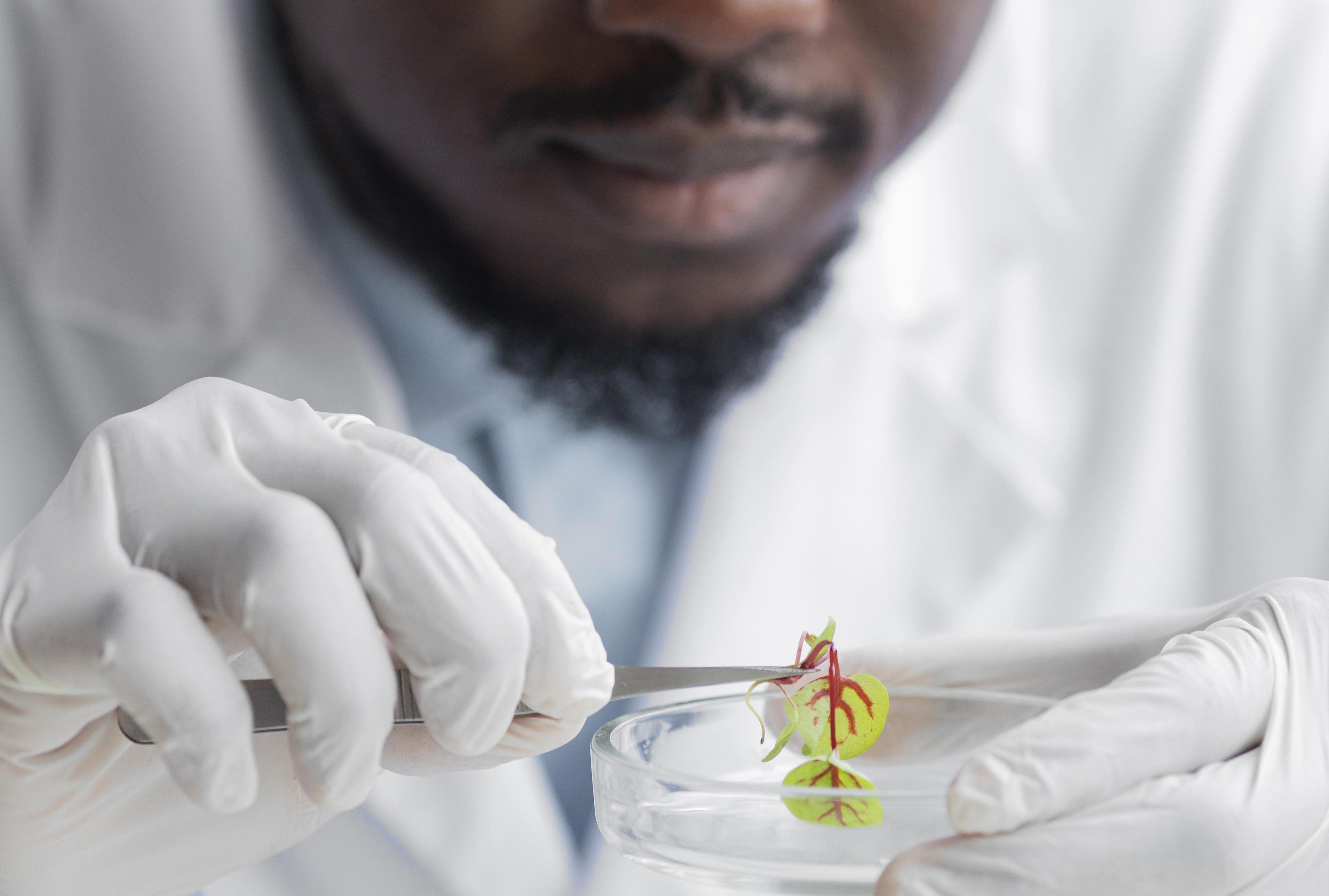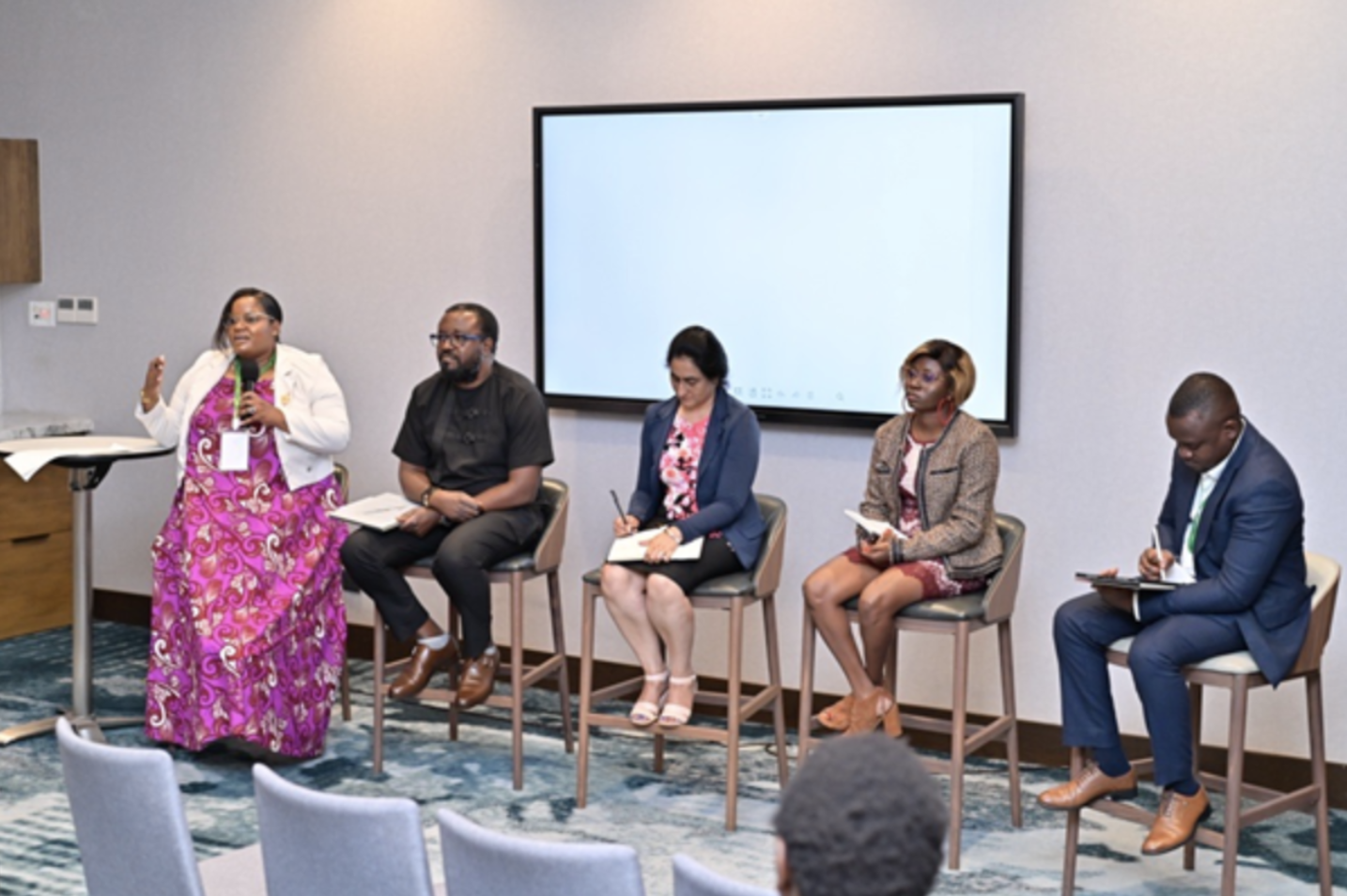
Impact Stories
The cervical mucus barrier as a target for artificial neural network-inspired novel contraceptive
Wednesday, July 3, 2024

By Margaret Okonawan Ilomuanya
Unintended pregnancy often occurs when women and men are dissatisfied with available contraceptive options. These can include hormonal contraception that can produce unpalatable side effects. My research seeks to develop a non-hormonal contraceptive that is a lightweight adhesive to the vagina to create a physical barrier against sperm entry into the cervix, interacting with the user’s cervical mucus. It is also self-administered, and can therefore be used discreetly by women.
This work was inspired by the need for more options in the arsenal of contraception for women and families in Africa and globally. The project seeks to develop a novel blend of biodegradable electro spun scaffolds whose properties will be optimized using artificial intelligence modelling to ensure desired product characteristics are obtained. If successful, the product could help to serve the need for safer, easier contraception without the hormonal side effects characteristic of some products available.
A study published in The Lancet reported that more than 160 million women and adolescents globally who want to avoid pregnancy were not using contraceptives in 2019; of this number, 43 million women aged 14–23 years had unmet needs for contraception. For example, of the population of Nigeria of over 190 million, less than one-quarter of women of reproductive age use modern contraceptive methods, mostly due to the side effects of many available options. The development of methods that people are willing to use without hesitation are therefore critical. The proposed product is user-friendly and non-hormonal -- hence will not interfere with the woman’s hormone profile, avoiding side effects from hormonal changes.
The critical steps of this research have been:
-
Development of biodegradable and pH-responsive electro spun fibers, which will break down in the presence of semen containing acid phosphatase enzyme;
-
Ongoing optimisation of novel mucoadhesive and biodegradable electro spun scaffolds comprising varying polymer blends for vaginal drug delivery with application for non-hormonal contraception using artificial neural networks;
-
Current development of sperm penetration assays in both human and simulated cervical mucus, and
-
In process, the development of novel bio-relevant media in which to test the developed formulation.
Results produced and pending are crucial for providing new knowledge in contraceptive technology. If successful, this work has the potential to impact the community by enabling women a safe and effective alternative to hormonal contraceptives.
Beyond the research itself, the Grand Challenges Africa (GC Africa) initiative has provided training in science communication. The training has prepared me to communicate my research more clearly and appropriately to groups and individuals whose expertise may be outside my field and outside of science altogether. Interdisciplinary writing has proved to be one of the most valuable aspects of the training associated with my GC Africa grant. My team is also posting commentary with other grantees on the relationship between climate change and contraception. This idea was birthed from the interaction with other GC grantees with expertise in climate change, a reflection of the interconnection of all science to make life better for everyone.
The association with GC Africa has helped me follow the plan in the proposal, while being prepared to meet every new innovation and challenge with scientific curiosity. The GC Africa grant has also provided the opportunity to mentor young scientists working with me: I hope very much to convey to them a sense of wonder in innovation to help create a better Africa and a better world.
Dr Margaret Okonawan Ilomuanya is a GC Africa grantee, an initiative of the SFA Foundation. She is doing her research at, the Electrospinning and Transdermal Drug Delivery Laboratory of the Department of Pharmaceutics and Pharmaceutical Technology Faculty of Pharmacy at the University of Lagos, Nigeria. She is collaborating with Dr Natalia Teleshova, at the Center for Biomedical Research Population Council, NY USA.



